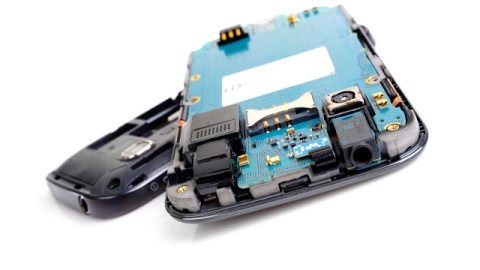Could Smartphone Sensors Help With Accident Analysis?

What’s the Latest Development?
The recent recovery of a video file from a smartphone that belonged to one of the victims of a ferry sinking off the coast of South Korea could represent a new method of investigation into an accident’s causes and circumstances. While such files could offer literal eyewitness accounts, digital forensics experts are even more interested in the data provided by an ever-growing number of sophisticated built-in sensors, including accelerometers, GPS position receivers, and even air pressure and temperature detectors.
What’s the Big Idea?
In the case of air disasters, for example, investigators could retrieve information about the plane’s speed, position, altitude, cabin pressure, and other crucial data from those passenger and crew smartphones that survived the accident. If a plane’s black boxes are destroyed or missing, this information would help fill in the gaps. However, UK-based aeronautics expert Matthew Greaves suspects that these sensors might not have the necessary accuracy. That said, he notes that a scant amount of data sent by the still-missing Malaysia Airlines flight MH370 to a satellite allowed investigators to track its route, proving that “when the need is there, investigators can make a great deal of very little.”
Photo Credit: Shutterstock.com





